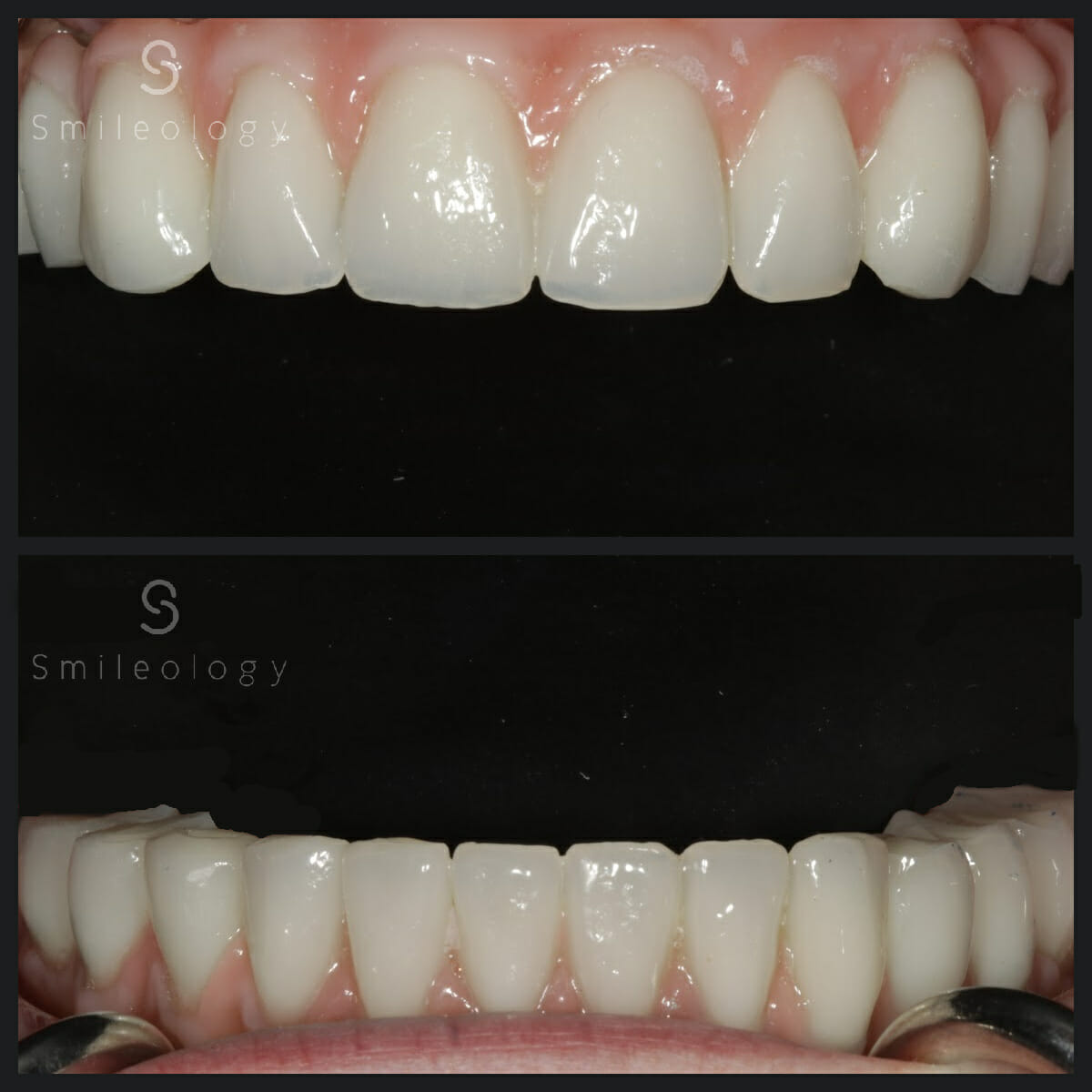Experience the current Developments in Oral Implants Modern Technology
As the area of dental care continues to develop, the improvements in oral implant modern technology have been absolutely nothing brief of remarkable. The assimilation of innovation is revolutionizing the capability of dental implants, assuring enhanced outcomes and person fulfillment.
Advanced Materials for Boosted Durability
In the world of dental implants technology, the assimilation of advanced products has actually substantially contributed to improving resilience and longevity of these critical oral prosthetics. The use of products such as titanium alloys, zirconia, and ceramic compounds has actually transformed the area by using increased biocompatibility, stamina, and resistance to rust.
Titanium alloys are extensively used in dental implants because of their extraordinary strength-to-weight proportion, deterioration resistance, and compatibility with the human body. These alloys make sure the security and durability of the dental implant by withstanding the pressures applied during talking and chewing, supplying a reliable option for people looking for resilient tooth replacements.
Zirconia, a sort of ceramic material, has actually acquired popularity for its biocompatibility and all-natural tooth-like look. Its high stamina and resistance to use make it an appropriate selection for oral crowns and bridges, boosting the total aesthetic appeals and performance of the dental implant.

Digital Imaging for Specific Positioning
The development of dental implants innovation has actually better progressed with the combination of digital imaging methods, guaranteeing accurate placement of these prosthetics for optimal functional and visual results. Digital imaging plays a vital function in the planning and positioning of oral implants by offering detailed 3D images of the person's jawbone framework. This innovation allows dentists to analyze bone thickness, locate vital frameworks, and intend the precise setting and angle for implant placement with exceptional accuracy.
By making use of electronic imaging, dentists can produce digital surgical guides that function as a roadmap throughout the dental implant positioning treatment. These guides are customized for each patient, considering their distinct composition and the wanted result. This level of accuracy not just improves the success rate of dental implant treatments yet also lowers the threat of difficulties.
Additionally, electronic imaging allows dental experts to envision the final prosthetic restoration before the actual placement of implants, enabling meticulous preparation and making sure that the end result fulfills the person's aesthetic assumptions. On the whole, the integration of digital imaging innovation has actually reinvented the field of dental implants, offering individuals an extra predictable, efficient, and patient-specific treatment strategy.

Minimally Intrusive Surgical Methods


Advancements in surgical techniques have actually brought about the growth of minimally intrusive methods in the field of dental implantology. These techniques intend to reduce injury to the individual, shorten recovery times, and improve total therapy end results. Minimally intrusive procedures entail smaller browse around here sized incisions, specialized tools, and advanced imaging technologies to precisely position dental implants with marginal disturbance to bordering tissues.
One key facet of minimally invasive strategies is using led surgical treatment, where 3D imaging and computer-aided design software program are utilized to plan the dental implant placement with terrific precision. This enables a more foreseeable outcome and can often get rid of the requirement for extensive flap surgical procedure.
Furthermore, advancements in products and implant layout have additionally contributed to the success of minimally intrusive methods. Implants with boosted surface buildings promote much faster osseointegration, decreasing the recovery time required before the prosthetic repair can be placed.
3D Printing for Custom-made Solutions
Utilizing 3D printing innovation in oral implantology allows for the development of extremely tailored services customized to individual patient requirements and anatomical variations. This innovative modern technology enables dental specialists to design and make oral implants with outstanding accuracy and precision. By utilizing digital imaging methods, such as cone light beam calculated tomography (CBCT), in-depth 3D versions of the patient's oral dental caries can be generated to lead the implant planning process.
Among the essential advantages of 3D printing in oral implantology is the capability to develop patient-specific implants that flawlessly get redirected here fit the unique composition of each person. This personalized method assists enhance the general success and durability of the implant by making sure ideal fit and alignment. Furthermore, 3D printing permits the manufacturing of complex view it geometries and complex frameworks that would be impossible or tough to accomplish making use of traditional production approaches.
In addition, 3D printing modern technology allows dental practitioners to simplify the implantation procedure, lowering surgical procedure time and improving general individual experience. With its capacity to produce customized solutions quickly and successfully, 3D printing is changing the area of dental implantology, offering clients innovative therapy alternatives and enhanced outcomes.
Integrated Modern Technology for Improved Functionality
Executing cutting-edge innovation in oral implantology boosts capability and accuracy, elevating the standard of care for clients undertaking dental implant procedures. Integrated innovation plays an important role in boosting the general success and durability of dental implants.
Furthermore, the integration of computer-aided layout and computer-aided manufacturing (CAD/CAM) technology enables the production of customized dental implant restorations with phenomenal precision. CAD/CAM systems make use of digital perceptions to make prosthetics that perfectly fit the person's unique anatomy, guaranteeing ideal convenience and performance. In addition, making use of robotic-assisted surgical treatment in dental implant positioning improves accuracy and decreases the risk of human error.
Conclusion
In final thought, the most recent innovations in oral implants innovation deal improved longevity via innovative products, specific placement with digital imaging, minimally invasive surgical techniques, customized remedies with 3D printing, and boosted functionality with integrated modern technology - Dental implants Kent. These innovations in oral implants innovation are reinventing the area and supplying individuals with more efficient and efficient treatment options for restoring their smiles and dental wellness
The combination of technology is revolutionizing the capability of dental implants, assuring enhanced end results and individual fulfillment.
The evolution of oral implants innovation has actually even more progressed with the assimilation of digital imaging techniques, making sure specific positioning of these prosthetics for optimum functional and visual outcomes. Minimally invasive surgical procedures include smaller sized incisions, specialized tools, and progressed imaging innovations to specifically position dental implants with very little disturbance to bordering cells.
Executing sophisticated innovation in oral implantology boosts functionality and precision, raising the criterion of care for clients going through dental implant treatments. Dental implants Kent. Integrated technology plays a critical role in enhancing the total success and sturdiness of oral implants